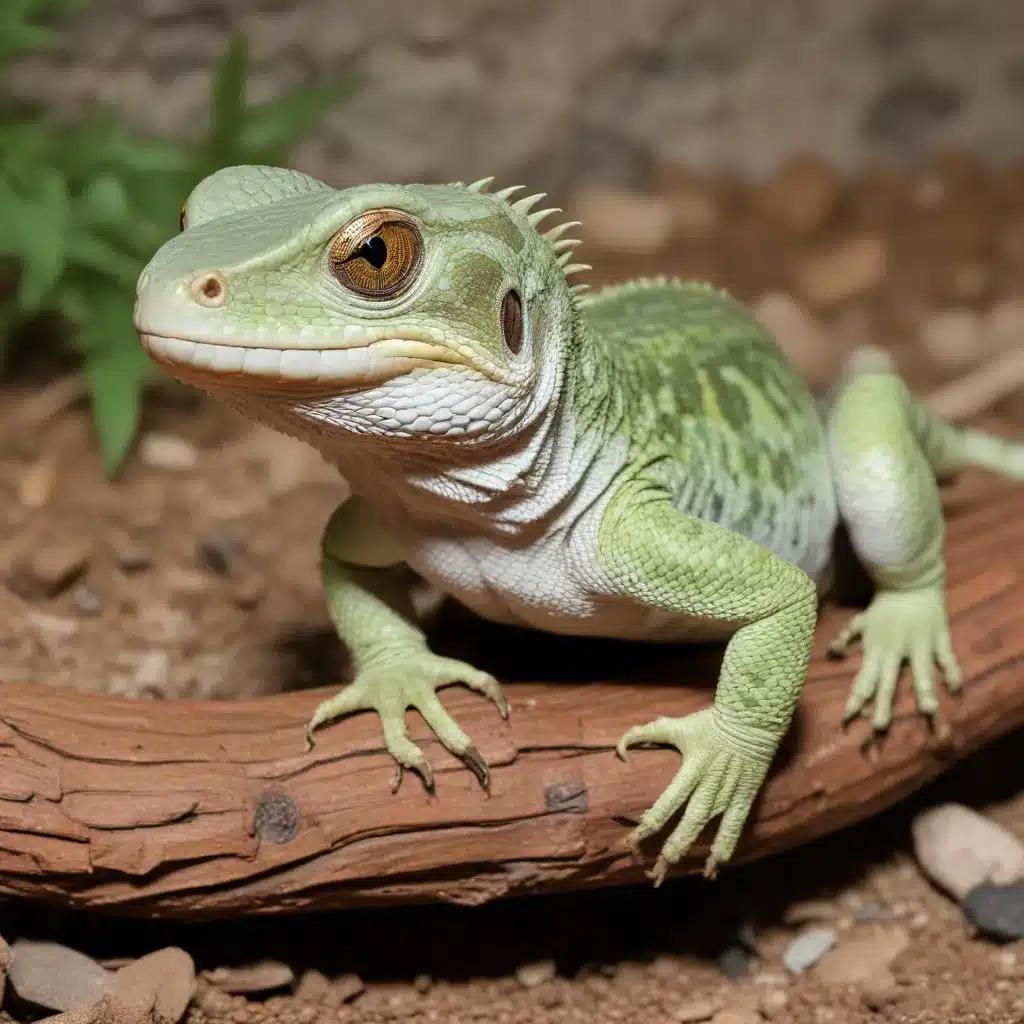
Preserving Biodiversity Through Responsible Reptile Breeding
Maintaining healthy populations of rare and endangered reptile species is a critical priority for conservationists around the world. As human activities continue to threaten natural habitats, captive breeding programs have become essential tools for safeguarding the future of these vulnerable reptiles. From meticulous husbandry practices to innovative assisted reproductive technologies, the field of wildlife conservation is making remarkable strides in reptile breeding and reintroduction efforts.
The Importance of Captive Breeding for Reptile Conservation
Reptile species face a multitude of threats in the wild, including habitat destruction, poaching, and the impacts of climate change. As wild populations continue to decline, captive breeding programs play a vital role in preserving genetic diversity and maintaining self-sustaining populations. These programs not only provide a safeguard against extinction but also serve as a source for potential reintroductions and reinforcement of wild populations.
Successful captive breeding requires a deep understanding of the reproductive biology and specific care needs of each reptile species. Researchers and conservation specialists have dedicated extensive efforts to unraveling the complexities of reptile reproduction, from the hormonal regulation of gametogenesis to the unique developmental adaptations seen in different reptilian taxa. By deciphering these intricate mechanisms, they can develop tailored management strategies to optimize breeding outcomes and ensure the long-term viability of captive populations.
Advances in Reptile Husbandry and Breeding Techniques
Captive breeding programs for rare and endangered reptiles rely on meticulous husbandry practices to simulate the environmental conditions and social dynamics found in the wild. This includes careful attention to factors such as temperature, humidity, lighting, and nutrition, all of which can have a profound impact on the reproductive success of these animals.
In addition to optimizing the captive environment, researchers have also made significant strides in the development of assisted reproductive technologies (ARTs) for reptiles. Techniques like artificial insemination, embryo transfer, and cryopreservation of gametes and embryos have proven invaluable for overcoming infertility issues and enhancing the genetic management of small, isolated populations.
Recent studies have demonstrated the successful use of cryopreserved sperm in the production of live offspring for several reptile species, including endangered turtles and crocodilians. These advancements not only expand the toolbox for conservation breeders but also contribute to a greater understanding of reptile reproductive physiology, which can be applied to a wide range of species.
Legal Considerations for Captive Breeding and Sale of Exotic Reptiles
The captive breeding and sale of exotic reptiles are subject to a complex web of local, national, and international regulations. Breeders and hobbyists must carefully navigate the legal landscape to ensure compliance and avoid the pitfalls of illegal wildlife trade.
At the national level, many countries have enacted legislation to protect threatened and endangered reptile species. In the United States, for example, the Endangered Species Act (ESA) and the Convention on International Trade in Endangered Species of Wild Fauna and Flora (CITES) provide a comprehensive framework for regulating the possession, breeding, and interstate/international trade of protected reptiles.
Individual states may also have their own laws governing the ownership and sale of exotic reptiles, with varying requirements for permits, licenses, and record-keeping. Breeders and sellers must be diligent in understanding and complying with all relevant regulations to avoid costly penalties and legal consequences.
Moreover, the international trade in endangered reptiles is closely monitored and restricted under CITES. This treaty, which has been adopted by the majority of the world’s nations, aims to ensure that cross-border movement of protected species is legal, sustainable, and does not threaten wild populations. Reptile breeders and sellers must carefully document the origin and legal status of their animals to comply with CITES requirements.
Responsible Practices for Captive Breeding and Sale of Exotic Reptiles
Engaging in the captive breeding and sale of exotic reptiles requires a deep commitment to ethical and responsible practices. Breeders must prioritize the health, welfare, and genetic diversity of their animals, while also ensuring full compliance with all applicable laws and regulations.
Key considerations for responsible reptile breeding and sales include:
-
Adherence to Species-Specific Care Requirements: Providing optimal environmental conditions, nutrition, and veterinary care tailored to the needs of each reptile species is crucial for maintaining the health and well-being of captive animals.
-
Genetic Management and Diversity: Careful selection of breeding pairs, monitoring of inbreeding, and implementation of strategies to maintain genetic diversity within captive populations are essential for the long-term viability of these programs.
-
Transparency and Record-Keeping: Comprehensive documentation of animal provenance, breeding history, and sale records is necessary to demonstrate legal compliance and support conservation efforts.
-
Responsible Sales and Placement: Reptile sellers must ensure that prospective buyers have the necessary knowledge, resources, and commitment to provide appropriate long-term care for the animals they purchase.
-
Collaboration with Conservation Organizations: Engaging with reputable wildlife agencies and conservation groups can provide valuable guidance, resources, and opportunities for supporting in situ and ex situ conservation initiatives.
By upholding these responsible practices, reptile breeders and sellers can contribute meaningfully to the preservation of threatened and endangered species, while also fostering a thriving and ethical exotic reptile industry.
Conclusion
Captive breeding programs for rare and endangered reptiles represent a critical component of global biodiversity conservation efforts. Through the tireless work of researchers, veterinarians, and conservation specialists, significant advancements have been made in understanding reptile reproductive biology and developing innovative techniques to support the long-term viability of captive populations.
As the threats to wild reptile habitats continue to escalate, the role of responsible captive breeding and sale of exotic reptiles will only become more crucial. By adhering to rigorous husbandry standards, implementing effective genetic management strategies, and navigating the complex legal landscape, reptile enthusiasts and breeders can play a vital role in safeguarding the future of these remarkable creatures.
By visiting Exotic Reptiles for Sale, you can explore a wide range of captive-bred reptile species and learn more about the responsible practices that support their conservation. Together, we can work towards a future where these fascinating animals thrive, both in captivity and in their natural habitats.

